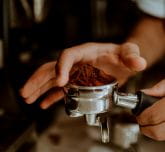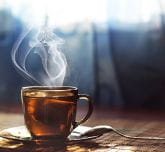The worldwide hot drinks market
With sales of $222 billion in 2023, the hot drinks market makes up 20% the “beverages” market across all categories. The sector is forecasted to grow by 5.3% between 2023 and 2028 (CAGR, Statista).
While it is smaller in value than the markets of alcoholic and non-alcoholic drinks, for a long time it was one of the most attractive in terms of growth, In particular due to the dramatic rise over the past three years of innovative formats such as capsules and pods.
Today, the hot drinks market is attempting to find new growth levers in the areas of natural health, detox, organic and fair trade. These four promising segments are ones in which consumers expect to see both major brands and smaller firms.
The coffee market stands out with its market size estimated at $88 billion in 2023 and which should grow to $111 billion by 2028, representing 4.6% CAGR (Statista). Around the world, 2.3 million cups of coffee are drunk every minute.
The 5 countries that generate the most coffee sales in the world, in USD, are the United States, followed by Brazil, Germany, Japan and Italy. In terms of per capita consumption, the Nordic countries are the biggest consumers, with the Finns consuming 12 kg of coffee per person each year, followed by Norway (10 kg), Iceland (9 kg), Denmark (8.7 kg) and Sweden (8 kg).
On the other hand, tea is more popular in Asian countries, parts of Eastern Europe (Ukraine, Hungary, Belarus, etc.), South Africa and Australia. Tea, the largest segment of hot beverages, is estimated to be worth over 120 billion USD worldwide.
China is by far the world's biggest consumer not only of hot beverages, but also of tea. With sales of $47 billion in 2022, it tops the world rankings, well ahead of the second country on the list, India, which has sales of $12 billion. Brazil, Japan, Nigeria and Russia follow.
Looking at per capita consumption, Türkiye is the country that drinks the most tea: 3kg per year, or the equivalent of 3 to 4 cups per day per inhabitant, followed by Ireland (2kg per year per inhabitant) and the UK (2kg).
Hot drinks, a stable market in France
According to a recent report by Kantar Worldpanel, French consumers are drinking hot drinks less frequently today. This decline is in evidence in all segments (coffee, tea, herbal tea and chocolate powder) and is particularly prevalent among young people.
But the market is growing in value, with product ranges shifting upmarket and the advent of capsules, thus modifying French consumer habits. With these upmarket shifts, the average budget allocated to hot drinks has been rising in recent years in France.
Coffee
Whether roasted, ground, in bean form or soluble, coffee is popular with many French consumers. In fact, it is the most consumed hot drink in the country, with 72% of consumers saying they drink it regularly.
The market grew in value terms (+2.1%), even though it fell slightly in volume terms (-0.9%) in 2019. This growth in value can be explained by a boom in speciality coffee, which, despite the high inflation suffered by mass-market products, grew by 20% in 2022 and now accounts for around 5% of the French market. Indeed, like wine, the French are beginning to see coffee as a quality product with its own tastes and terroirs. As proof of this, the market for coffee beans, which consumers can grind themselves, is literally exploding, including among the major suppliers. In 2021, Lavazza reported 17% growth in this segment of the French market.
Another high potential segment in France is organic coffee. Several leading brands recently brought out organic ranges, such as Malongo, Carte Noire, Café Royal and Segafredo Zanetti.
Tea and herbal tea
Tea is the favourite drink of the French after water. On average, two out of three French people drink tea and one in two French people drink herbal tea. This equates to 3 times more than 25 years ago!
With 250 g consumed per year per person in 2022, the French tea market nevertheless lags a long way behind the British market, which boasts 2 kg per capita annual consumption. But consumer habits are changing.
In France, green tea is highly appreciated for its health benefits, while black and white teas, less widespread, are lagging behind.
While established brands such as Lipton, Twinings and Tetley lead the market, smaller firms are also staking their place, drawing on arguments such as French-made, environmental protection (pesticide free) and innovative packaging, and with off-beat communication. This is the case for example with the brands Les 2 marmottes and Clipper.
International firms at SIAL
The hot drinks market has for many years been driven by the portion sector (capsules, pods) but is now attempting to find new ways of growing. To reinvent itself, it relies on innovation and new product launches.
There is a sense of endless renewal with hot drinks: more ethical, more organic, more local, more flavoursome, more original, etc. To discover the latest innovations in the sector, there is only one place to be: SIAL Paris.
In 2022, the hot drinks and non-alcoholic drinks sector comprised 593 exhibitors, virtually all of whom (94%) came from outside France.
Your dedicated sales representative
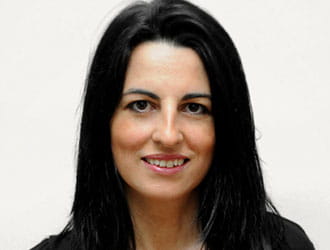


Other sectors presented at SIAL
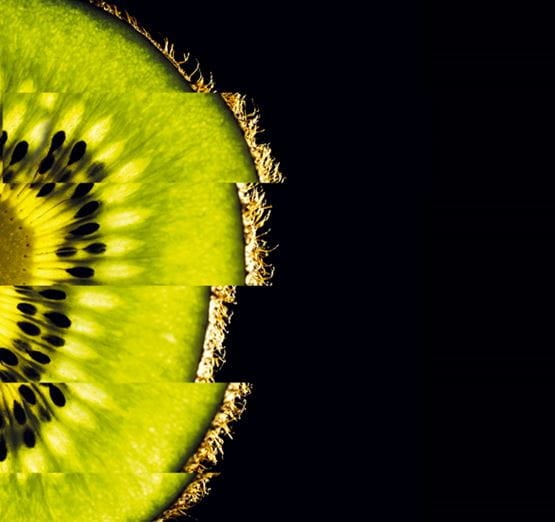
INSPIRING FOOD BUSINESS WORLWIDE
- Food & Drinks Malaysia - Kuala Lumpur
- SIAL Canada - Montreal
- SIAL Canada - Toronto
- SIAL Paris - Paris
- SIAL in China - Shanghai
- SIAL in China - Shenzhen
- SIAL in India - New Delhi
- SIAL Interfood - Jakarta
- Gourmet Selection - Paris
- Cheese & Dairy products show - Paris
- Djazagro - Algiers


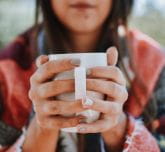
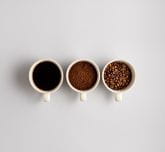
.jpg?rev=2242d088c0134b059e09fb71292118a0&w=165&hash=8F088D5FFC8484DBB35CEA0AF217BB5B)


